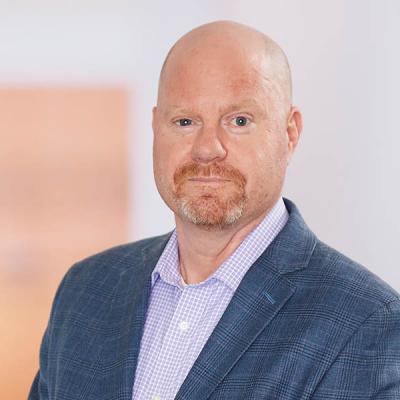Supreme Court Hammers Final Nail in the IP Bridge v. TCL Coffin
On Monday, the Supreme Court denied TCL Communication’s certiorari petition, without comment, appealing the Federal Circuit’s ruling that the essentiality of a patent claim is a question for the jury rather than judges to resolve during claim construction. The denial of cert by the Supreme Court cements the Federal Circuit ruling which made proving infringement of standard essential patents easier by allowing reliance on the standard to show such infringement. Nearly one year ago, the Federal Circuit panel issued a precedential decision in Godo Kaisha IP Bridge I v. TCL Commc’n Tech. Holdings Ltd. finding that essentiality is a question of fact for the jury to decide. The panel further ruled that where it is established that (1) the accused products are standard-compliant and (2) the asserted claims cover a mandatory portion of the standard (i.e., a part of the standard that is required in all implementations of the standard), then a jury may perform its infringement analysis by comparing the patent claims to the standard.
In its bid for review, TCL argued that furthering fact-finders’ roles in standard essential patent (“SEP”) cases went against the Supreme Court’s reasoning in establishing claim construction hearings in the 1996 Markman v. Westview Instruments Inc. decision. But by denying cert, the Supreme Court affirms the Federal Circuit’s finding that essentiality is a question of fact for the jury to decide. This victory comes on the heels of an October 2020 win for SEP holders in TCL Communication Technology Holdings Ltd. v. Telefonaktiebolaget LM Ericsson. In that case, the Supreme Court passed on reviewing a Federal circuit decision finding that payment for past infringing activities was a legal remedy requiring a jury trial under the Seventh Amendment to the U.S. Constitution. Put another way, the Federal Circuit determined that both judges and juries play important roles in setting FRAND licensing rates for SEPs. Now, both essentiality and rate-setting may be heard and resolved by a jury as part of a comprehensive infringement analysis, rather than cleaving them off for a judge to decide.
Taken together, these two cases likely make U.S. courts more attractive to SEP holders seeking to hold efficient infringers accountable as they introduce efficiencies for SEP holders.
To learn more from the Mintz IP team, follow us on LinkedIn and check out our Exclusive Rights podcast.
Authors
Michael T. Renaud
Member / Chair, Intellectual Property Division


